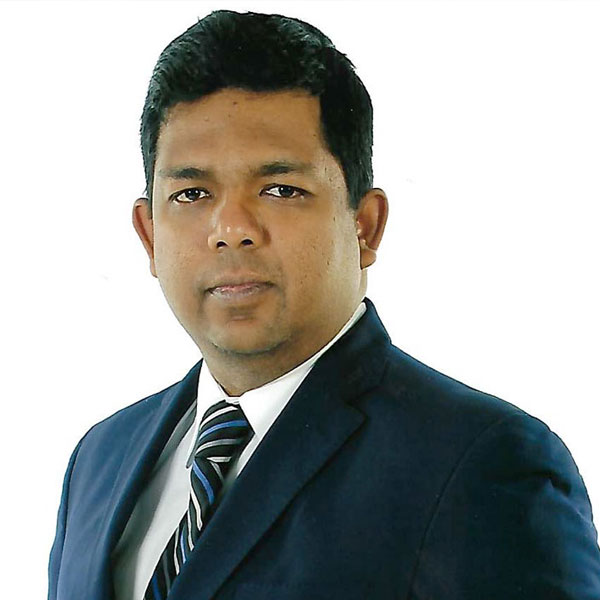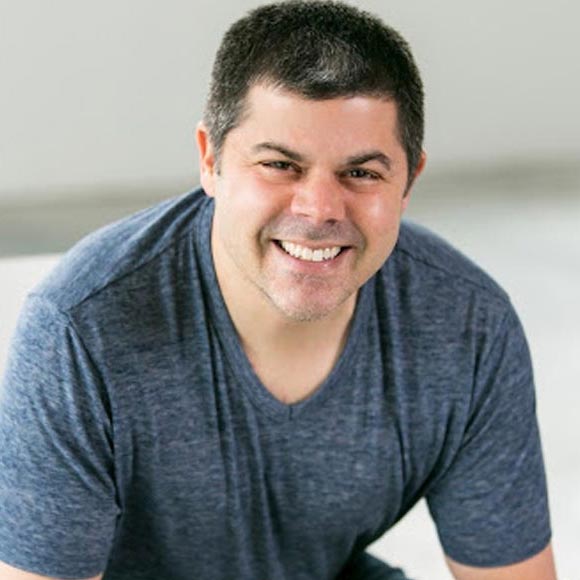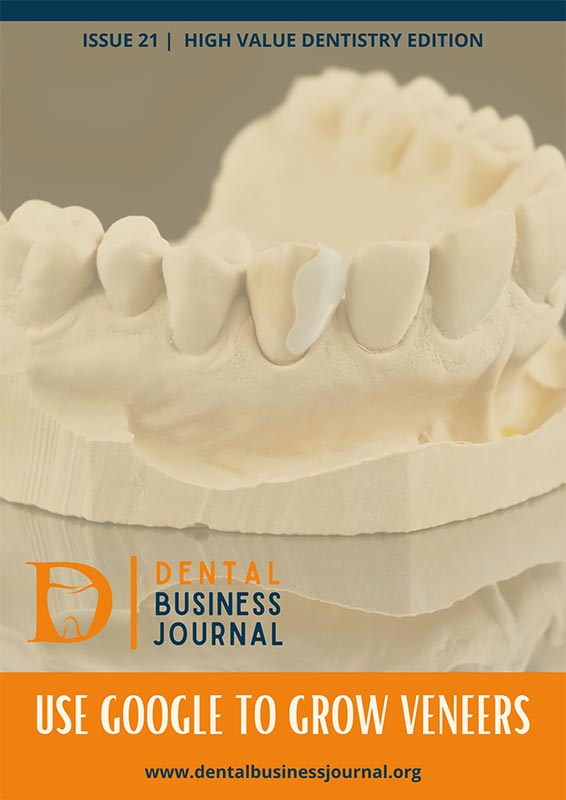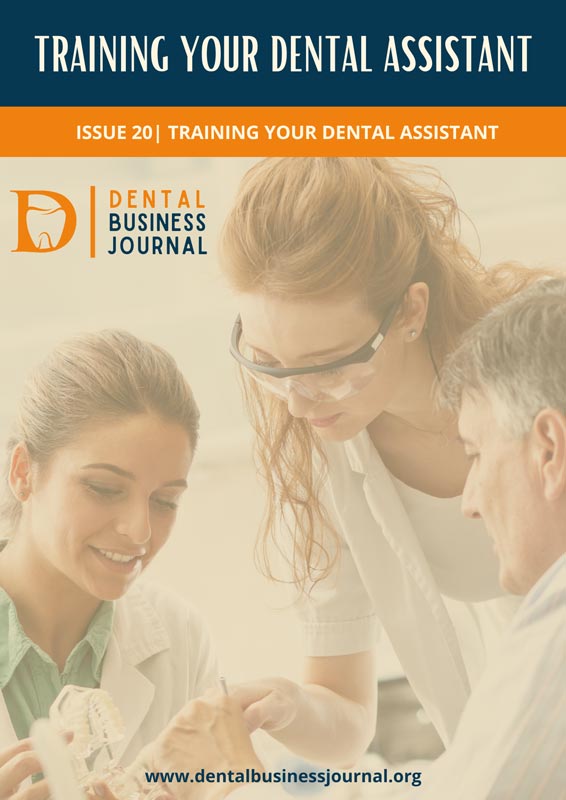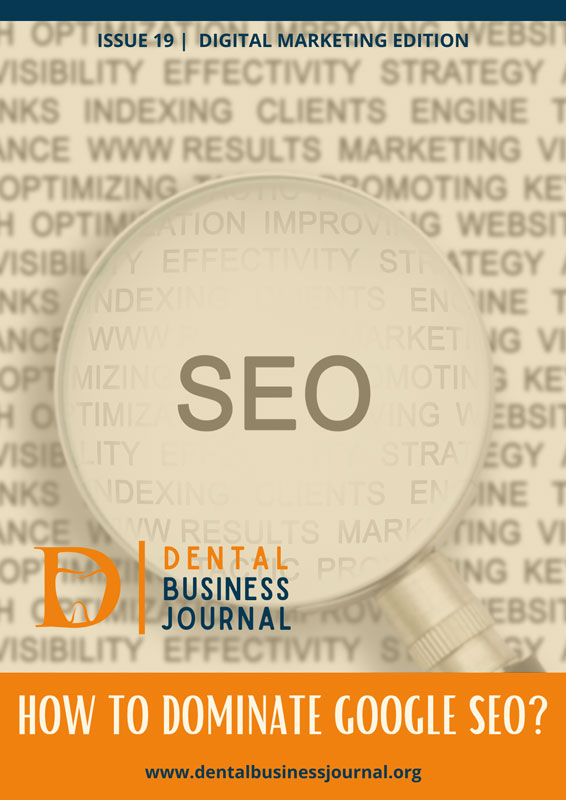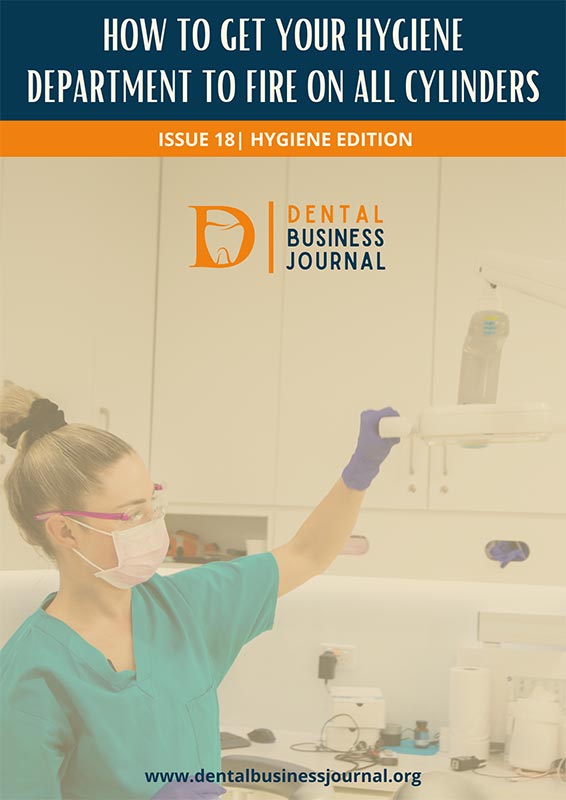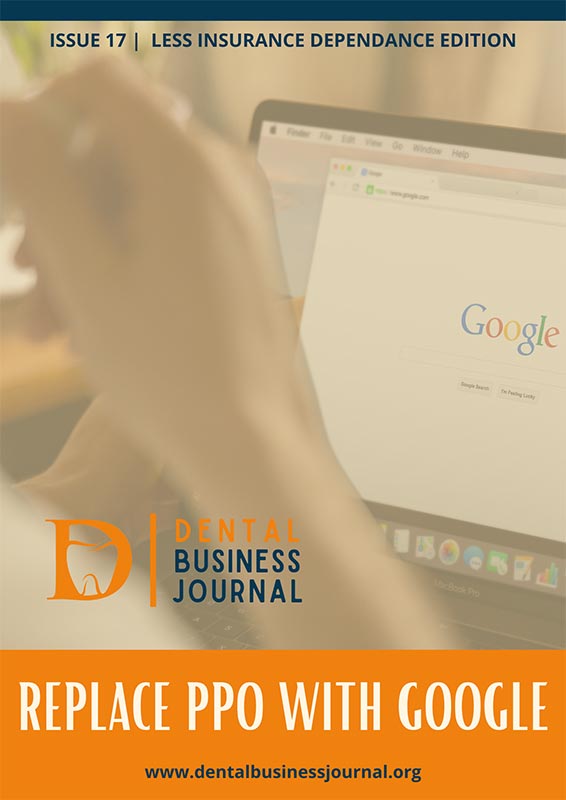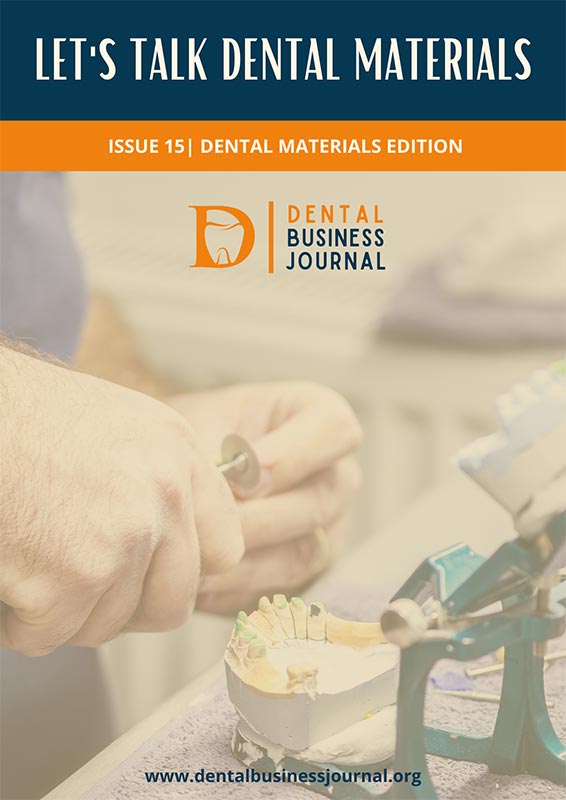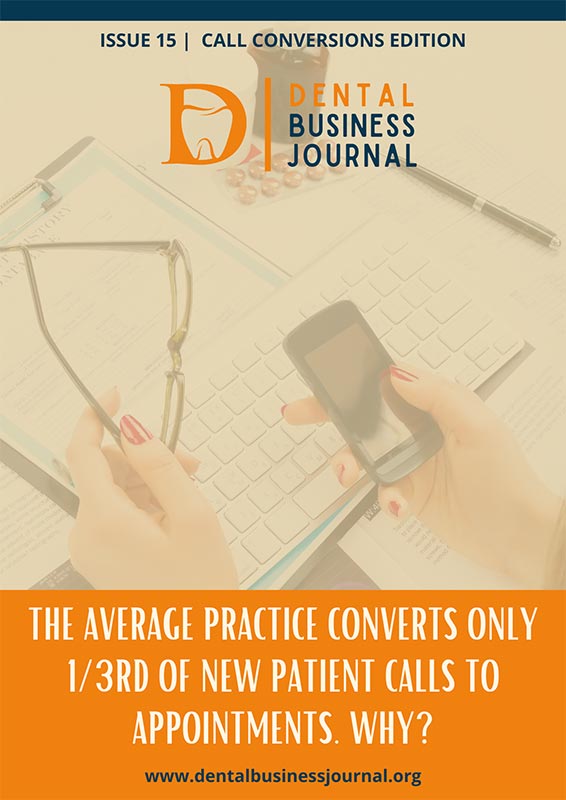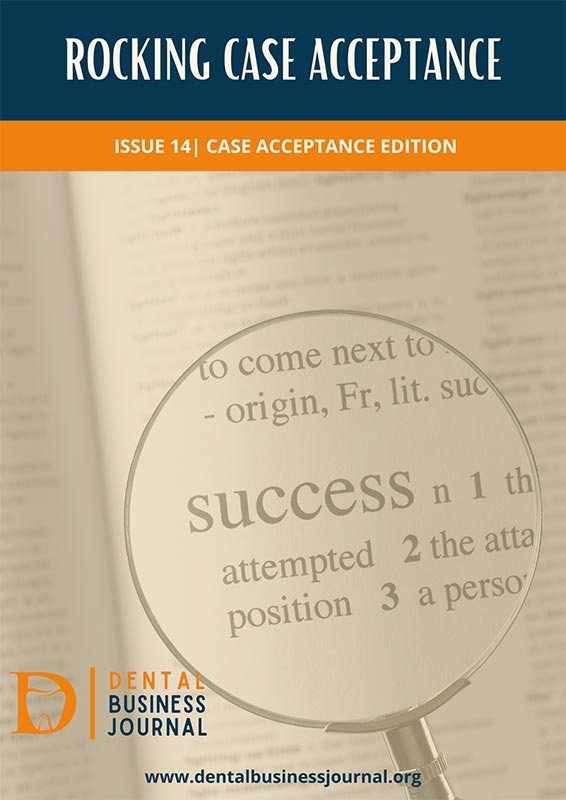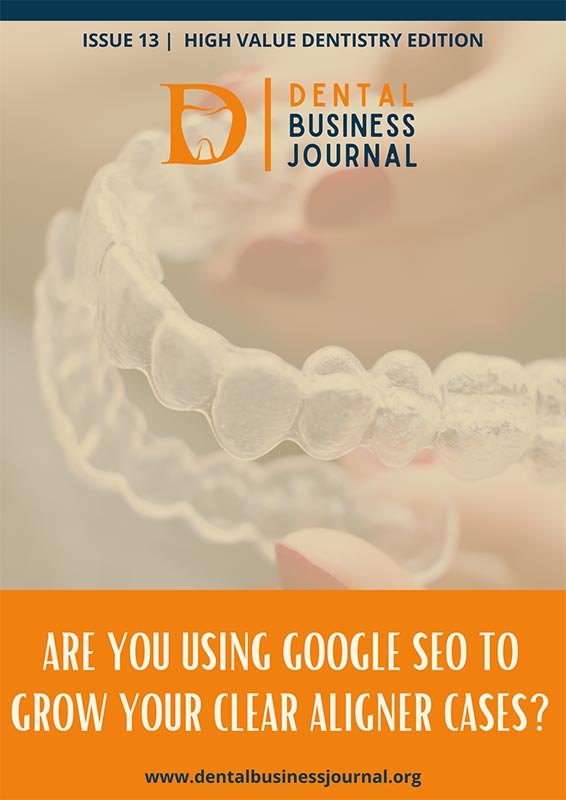Eric’s Top Innovations in Dentistry
Staying updated on dental technology makes you a better dentist, makes your work much more fun, re-energizes you, reduces burnout, and certainly wows patients.
Intra-oral scanners and digital impressions
Digital scanning can make the entire process for prosthetics much more accurate and quick, and there’s less cross-contamination when dealing with saliva or compared to a bloody impression; the staff doesn’t have to worry about pouring up or mailing to the lab. Once the scan is taken and finalized, the file is sent through a portal to the lab with all the required information. As a dentist, this can make you more productive while enabling you to use your intelligence and knowledge in decision-making tasks. You can easily zoom in on crown and bridge preparations and change whatever you dislike about them or didn’t initially capture. You can quickly go back and re-prep, re-scan, and get other benefits that do not come with traditional impressions. It’s so much fun, and it makes you look forward to doing crowns, bridges, and implants.
CBCT, virtual planning guided implant surgery
Check out Dr. Eric Block’s book on Stress-free dental implants. He describes how when he started with dental implants 20 years ago, they were mainly planned on 2D technology and performed using free-handed surgery. Looking through a 2D X-ray, opening up the flap and prep site, praying you were on the right spot, and re-prepping when you were not, was such a stressful task. 3D technology, Digital planning, and guided surgery with implants are game changers. Take a cone beam 3D scan and virtually plant the implant, merge digital impressions, and show the patient how the implant will be placed. They feel safer and even feel grateful for the transparency we provide. This way, you can improve case acceptance rates. Moreover, a dentist can see for themselves whether it’s a case they are ready to take on. For example, if it’s a case near a sinus, deficient in bone, or is too close to a nerve, then you can refer it out and remain in your comfort zone. If it’s a case that’s in your comfort zone, you can make your own surgical guide and get the implant placed with the help of guided surgery techniques. This technology gives a sense of relief to the dentist, knowing that the results are much more predictable, accurate, and can be super quick.g that the results are much more predictable, accurate, and can be super quick.
How 3D printing transforms your treatments and procedures
With a 3D digital light processing (DLP) printer like mine, you can print a broad range of items, including temporary crowns, nightguards, surgical guides, removable prosthetics, study models, and bleaching trays. This is also another area where you can impress patients, and they love to see how updated you are with the latest technology. 3D printing is significantly quicker than getting tasks done in a laboratory.
Role of Artificial intelligence (AI) in dentistry
AI is everywhere, even in places we are unaware of. For example, most intra-oral scanners, which a lot of dentists already use, have AI in them to provide the dental team with better scans. A lot of treatment planning software products are being released with AI, such as those for diagnosing X-rays; AI will pick up where there are cavities, periodontal disease, abscesses, etc., and act as an excellent second opinion. These types of software have undergone thousands of trials with the help of machine learning by reading, comparing, and storing X-rays and incorporating the opinions of thousands of doctors worldwide. A key benefit of using this technology is that it never tires out. It will give you precise and concise results so you can make the final decision on the diagnosis, but it also serves as an excellent second opinion, especially for a young dentist or hygienist. whether you are reading those x-rays at 8 a.m. or 5 p.m. Its judgment cannot be influenced by third parties, as human judgment can. The doctor has the right to make the final call with regard to diagnosis, but they act as an excellent second opinion, especially for a young dentist or hygienist.
The importance of milling and CAD/CAM in same-day dentistry
Compared to conventional dental restorations, milling and CAD/CAM technology offer several advantages, including enhanced speed, accuracy, and aesthetics. It is excellent for milling custom healing caps and implant crowns and enables same-day dentistry treatments. You can fit in more patients for treatments knowing that you can complete the tasks in a flash. Completing traditional restoration treatments based on impressions may take two to three weeks. However, CAD/CAM dentistry-based restorations only require one visit. As soon as the dentist scans the mouth and the areas around the affected teeth, the milling unit begins producing restorations. The fast-paced environment built around your practice with this new technology will remarkably improve your practice’s reputation.
Do you want to listen to the official podcast episode of this journal?
Watch the full interview on YouTube!
Subscribe and get notified of more episodes like this!
